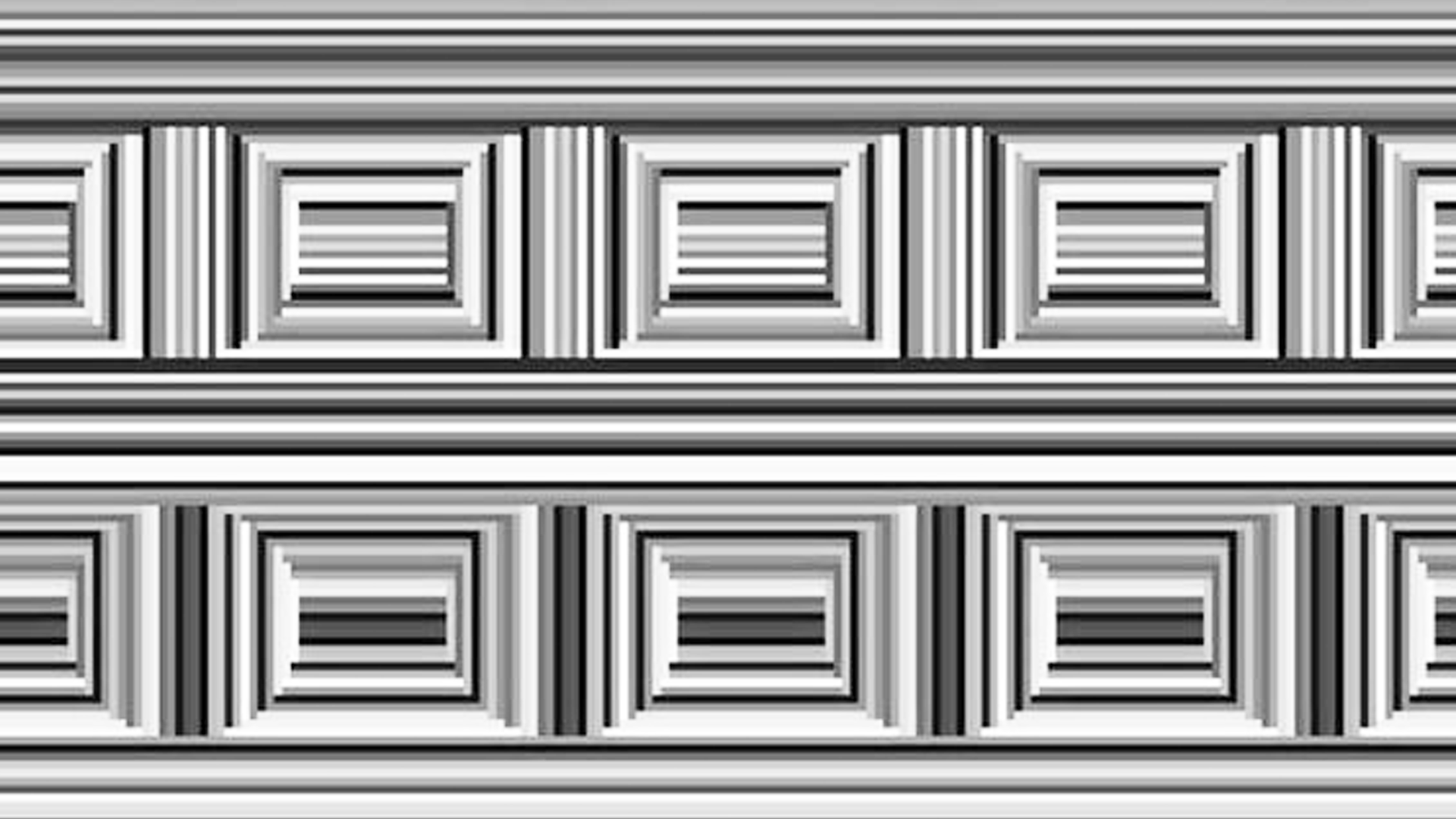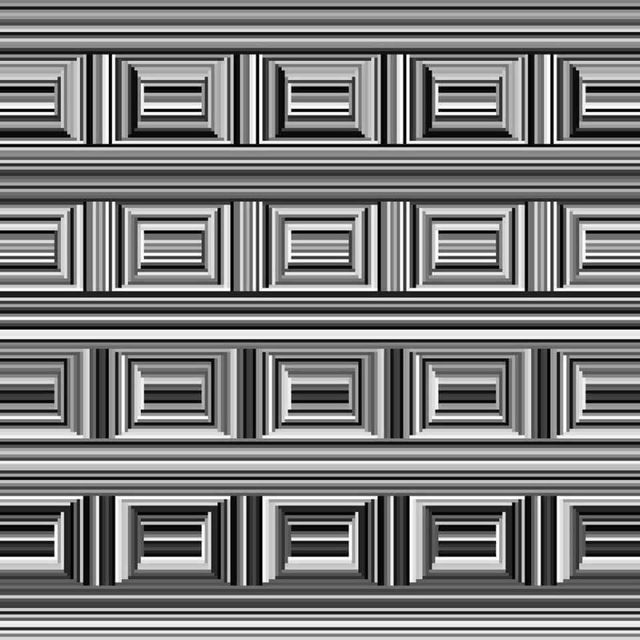
We love a good optical illusion here at Creative Bloq, and even more so when it's one that leaves people's heads spinning like this one Can there really be 16 circles in the image below? There are, but people are struggling to find them.
Known as the coffer illusion, this piece of visual trickery was discovered by accident by the Stanford University psychologist and vision scientist Anthony Norcia almost two decades ago. And it continues to baffle people today.

Norcia's optical illusion is so clever that it was included in the shortlist for Illusion of the Year back in 2006 – a contest most recently won by a Harry Pottery optical illusion. Now almost two decades later, it's still leaving people perplexed. Most people see the 20 squares, or coffers (decorative sunken panels), and they struggle to see the 16 circles.
If you still can't see them, try focusing on the verticals between the rectangles. Or, alternatively, if you're one of the few people who sees the circles first, focus on the horizontals between them to get to the rectangles (or just check out the tweet below for help).
pic.twitter.com/U4tvKDyDsUJuly 13, 2022
If you're wondering how it works, or rather why the circles are so difficult to see, it's apparently to do with our ability (or inability) to switch our perspective once we've seen the first shapes that appear to us. The image is very busy and it hits us with a bombardment of visual system information, which our brain has to resolve in favour of one shape or the other.
Most people seem to see the squares rather than the circles. This may be because our brains prioritise sharp contours as more critical to vision since they have more information that can help identify an object.
For more visual trickery, check out the artist who makes incredibly realistic optical illusion sculptures of animals and the optical illusion in the X logo. Also see our piece on how to make a 3D optical illusion.







